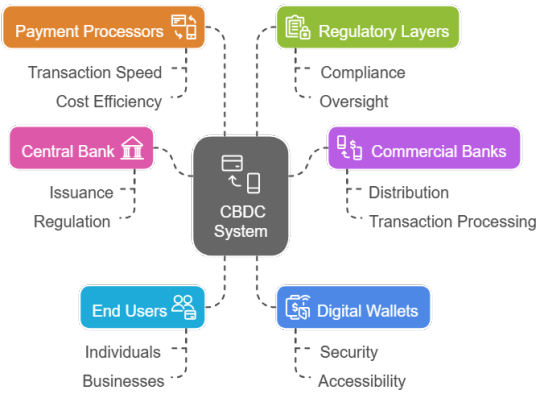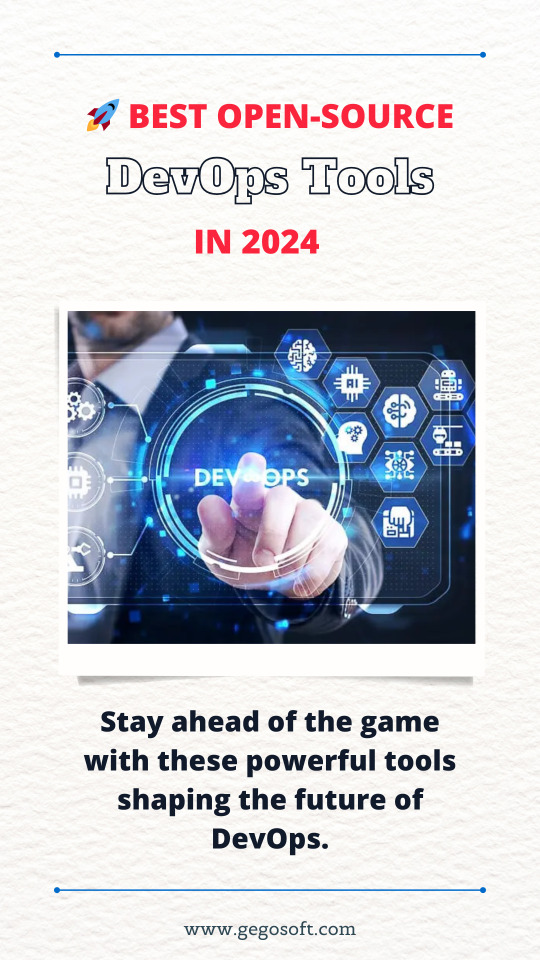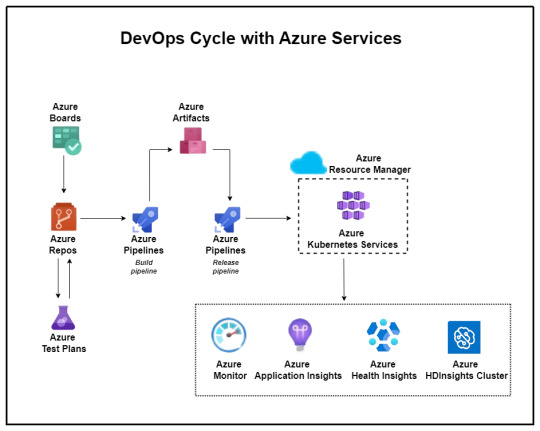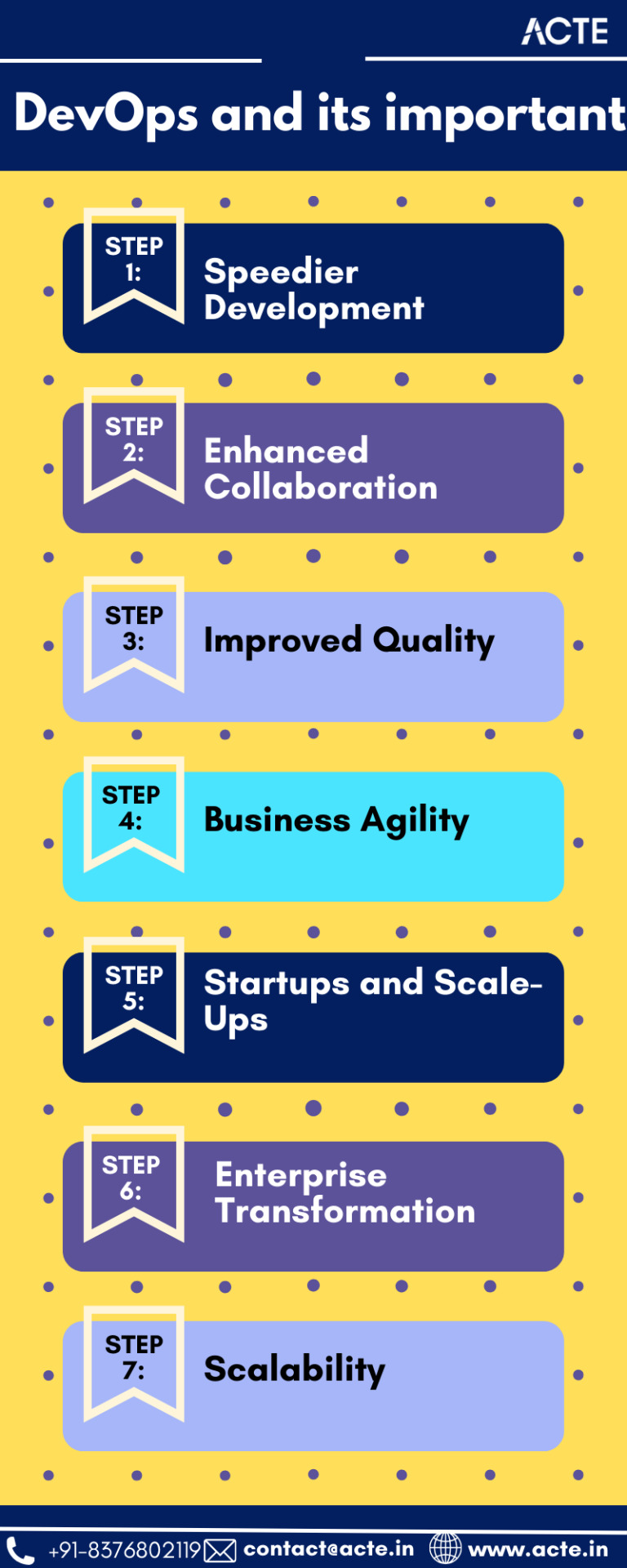#DevOps infrastructure automation
Explore tagged Tumblr posts
Text
Enhance IT with DevOps Infrastructure Automation
Discover how DevOps infrastructure automation boosts scalability, speed, and reliability. Transform IT operations and drive business success today.
0 notes
Text
CBDC technology partner India

As CBDCs become a global reality, Prodevans equips banks with everything needed to enter the digital currency ecosystem. We provide full-spectrum CBDC implementation — including compliant architecture, token management, real-time reconciliation, secure wallet enablement, and 24/7 L1/L2 support. Trusted for our role in India’s national rollout, we help institutions go beyond pilots to scalable, production-ready platforms ensuring seamless end- user readiness. Our services ensure central bank compliance while delivering performance, observability, and rapid response to evolving regulatory needs. Whether you’re in the pilot phase or preparing for production rollout, Prodevans supports your CBDC journey at every step.
OUR ADDRESS
403, 4TH FLOOR, SAKET CALLIPOLIS, Rainbow Drive, Sarjapur Road, Varthurhobli East Taluk, Doddakannelli, Bengaluru Karnataka 560035
OUR CONTACTS
+91 97044 56015
#CBDC (Central Bank Digital Currency)#Cloud Computing & Cloud Services#Application Modernization#360° Monitoring (Server#Application#Database & Virtualization Monitoring)#Identity & Access Management (IAM)#Automation (incl. ML‑driven#Ansible#network/cloud automation)#DevOps Tools & Support#Infrastructure Management (IaaS/PaaS/SaaS#orchestration#orchestration tools)
0 notes
Text
#cloud services#devops solutions#cloud computing#infrastructure automation#CI/CD pipeline#cloud and devops services#cloud migration#enterprise devops#cloud security#cloud-native development#cloud deployment services#continuous delivery#cloud consulting services#managed cloud services#devops consulting company#hybrid cloud solutions#cloud optimization#instep technologies
0 notes
Text
Cloud DevOps Automation: Best Free Tools Today
Introduction to Cloud DevOps Automation In the world of software development, Cloud DevOps is a game-changer. The approach integrates development and operations to deliver applications faster, more efficiently, and with fewer errors. The secret to making this transition smoother and faster is automation. And with cloud infrastructure becoming the norm, DevOps automation has never been more…
#"DevOps Tools"#"Free DevOps Tools"#"Infrastructure as Code"#Automation#Cloud DevOps"
0 notes
Video
youtube
🏗️ Terraform on AWS – Infrastructure as Code Explained! 🏗️
#youtube#In this tutorial we explore how Terraform empowers DevOps engineers and developers to fully automate infrastructure deployment on AWS. 🔥 W
0 notes
Text
Netflix's Chaos Monkey: Embracing Failure for Resilience
Chaos Monkey is an innovative tool developed by Netflix as part of their Simian Army suite of testing tools. It deliberately introduces failures into your cloud infrastructure to test system resilience and recovery capabilities. Chaos Monkey works by randomly terminating instances in your production environment. This might sound counterintuitive, but by forcing failures to occur, it helps…
#AWS#chaos engineering#chaos monkey#cloud infrastructure#cloud resilience#devops#disaster recovery#failure injection#fault tolerance#high availability#implementation tutorial#infrastructure automation#infrastructure testing#microservices testing#netflix chaos monkey#netflix open source#netflix technology#production testing#resilience testing#simian army#site reliability engineering#system architecture#system reliability#system resilience
0 notes
Text
🚀 Best Open-Source DevOps Tools of 2024: Ready for 2025 Challenges!
In the fast-evolving tech landscape, tools like Jenkins, Docker, Kubernetes, Terraform, and Prometheus are powering innovation in DevOps workflows. From automating tasks to managing infrastructure, these open-source tools are the backbone of modern development.
But with 2025 around the corner, challenges like scalability, security, and usability are emerging. How will these tools adapt? 🤔
👉 Dive into the full blog to find out: https://gegosoft.com/best-open-source-devops-tools-of-2024/






#devops#open source#2024#2025#DevOps#OpenSource#Technology#Automation#CloudComputing#CI/CD#Infrastructure
0 notes
Text
Cloud Automation is crucial for optimizing IT operations in multi-cloud environments. Tools such as Ansible, Terraform, Kubernetes, and AWS CloudFormation enable businesses to streamline workflows, automate repetitive tasks, and enhance infrastructure management. These solutions provide efficiency and scalability, making them indispensable for modern cloud management.
#cloud automation tools#IT operations#seamless IT automation#Ansible#Terraform#AWS CloudFormation#Kubernetes#multi-cloud management#cloud provisioning#infrastructure automation#DevOps tools#cloud migration
0 notes
Text
Building Your Serverless Sandbox: A Detailed Guide to Multi-Environment Deployments (or How I Learned to Stop Worrying and Love the Cloud)
Introduction Welcome, intrepid serverless adventurers! In the wild world of cloud computing, creating a robust, multi-environment deployment pipeline is crucial for maintaining code quality and ensuring smooth transitions from development to production.Here is part 1 and part 2 of this series. Feel free to read them before continuing on. This guide will walk you through the process of setting…
#automation#aws#AWS S3#CI/CD#Cloud Architecture#cloud computing#cloud security#continuous deployment#DevOps#GitLab#GitLab CI#IAM#Infrastructure as Code#multi-environment deployment#OIDC#pipeline optimization#sandbox#serverless#software development#Terraform
0 notes
Text
Discover how Software Configuration Management Tools and Infrastructure as Code (IaC) DevOps tools can transform your tech workflow. Join us as we delve into their benefits and hear from Impressico Business Solutions on enhancing efficiency and scalability. Tune in for insights and practical tips!
#Software Configuration Management Tools#Configuration Management Tools#Infrastructure as Code DevOps Tools#DevOps Automation Tools
0 notes
Text
Optimizing Operations with Network Automation: Best Practices and Solutions

Network Automation is a game-changer in the realm of IT operations, offering a plethora of benefits for optimizing network management tasks. To harness its full potential, organizations must adopt best practices and implement effective solutions. In this blog post, we will explore some key best practices and solutions for optimizing operations with Network Automation.
Automating Routine Tasks
The cornerstone of Network Automation lies in automating routine tasks such as configuration changes, device provisioning, and network monitoring.
By automating these repetitive tasks, organizations can streamline operations, reduce manual errors, and improve overall efficiency.
Utilizing Orchestration Tools
Orchestration tools play a crucial role in managing and coordinating automated processes within the network.
Network Automation tools provide a centralized platform for designing, executing, and monitoring automation workflows, ensuring seamless integration and efficient operation.
Implementing Self-Healing Mechanisms
Self-healing mechanisms leverage Network Automation to detect and remediate network issues automatically.
By implementing proactive monitoring and alerting systems coupled with automated remediation scripts, organizations can minimize downtime and improve network reliability.
Integrating with Monitoring and Analytics
Integrating Network Automation with monitoring and analytics tools enhances visibility and insight into network performance.
By collecting and analyzing real-time data, organizations can identify trends, predict potential issues, and proactively optimize network resources.
Standardizing Configuration Management
Standardizing configuration management practices is essential for maintaining consistency and compliance across the network infrastructure.
Network Automation enables organizations to enforce standardized configurations, ensure adherence to security policies, and streamline auditing and compliance processes.
Implementing Change Management Processes
Implementing robust change management processes is critical for managing network changes effectively.
Network Automation can facilitate change management by automating change requests, approvals, and deployment processes, ensuring minimal disruption and maximum efficiency.
Get More Insights On This Topic: Network Automation
#Network Automation#IT Automation#DevOps#Network Management#Automation Tools#Software Defined Networking#Infrastructure Automation#Cloud Computing
0 notes
Text
#devops automation service providers#devops as a service providers#devops managed services#devops infrastructure management#devops service provider company
0 notes
Text
Driving Innovation: A Case Study on DevOps Implementation in BFSI Domain
Banking, Financial Services, and Insurance (BFSI), technology plays a pivotal role in driving innovation, efficiency, and customer satisfaction. However, for one BFSI company, the journey toward digital excellence was fraught with challenges in its software development and maintenance processes. With a diverse portfolio of applications and a significant portion outsourced to external vendors, the company grappled with inefficiencies that threatened its operational agility and competitiveness. Identified within this portfolio were 15 core applications deemed critical to the company’s operations, highlighting the urgency for transformative action.

Aspirations for the Future:
Looking ahead, the company envisioned a future state characterized by the establishment of a matured DevSecOps environment. This encompassed several key objectives:
Near-zero Touch Pipeline: Automating product development processes for infrastructure provisioning, application builds, deployments, and configuration changes.
Matured Source-code Management: Implementing robust source-code management processes, complete with review gates, to uphold quality standards.
Defined and Repeatable Release Process: Instituting a standardized release process fortified with quality and security gates to minimize deployment failures and bug leakage.
Modernization: Embracing the latest technological advancements to drive innovation and efficiency.
Common Processes Among Vendors: Establishing standardized processes to enhance understanding and control over the software development lifecycle (SDLC) across different vendors.
Challenges Along the Way:
The path to realizing this vision was beset with challenges, including:
Lack of Source Code Management
Absence of Documentation
Lack of Common Processes
Missing CI/CD and Automated Testing
No Branching and Merging Strategy
Inconsistent Sprint Execution
These challenges collectively hindered the company’s ability to achieve optimal software development, maintenance, and deployment processes. They underscored the critical need for foundational practices such as source code management, documentation, and standardized processes to be addressed comprehensively.
Proposed Solutions:
To overcome these obstacles and pave the way for transformation, the company proposed a phased implementation approach:
Stage 1: Implement Basic DevOps: Commencing with the implementation of fundamental DevOps practices, including source code management and CI/CD processes, for a select group of applications.
Stage 2: Modernization: Progressing towards a more advanced stage involving microservices architecture, test automation, security enhancements, and comprehensive monitoring.
To Expand Your Awareness: https://devopsenabler.com/contact-us
Injecting Security into the SDLC:
Recognizing the paramount importance of security, dedicated measures were introduced to fortify the software development lifecycle. These encompassed:
Security by Design
Secure Coding Practices
Static and Dynamic Application Security Testing (SAST/DAST)
Software Component Analysis
Security Operations
Realizing the Outcomes:
The proposed solution yielded promising outcomes aligned closely with the company’s future aspirations. Leveraging Microsoft Azure’s DevOps capabilities, the company witnessed:
Establishment of common processes and enhanced visibility across different vendors.
Implementation of Azure DevOps for organized version control, sprint planning, and streamlined workflows.
Automation of builds, deployments, and infrastructure provisioning through Azure Pipelines and Automation.
Improved code quality, security, and release management processes.
Transition to microservices architecture and comprehensive monitoring using Azure services.
The BFSI company embarked on a transformative journey towards establishing a matured DevSecOps environment. This journey, marked by challenges and triumphs, underscores the critical importance of innovation and adaptability in today’s rapidly evolving technological landscape. As the company continues to evolve and innovate, the adoption of DevSecOps principles will serve as a cornerstone in driving efficiency, security, and ultimately, the delivery of superior customer experiences in the dynamic realm of BFSI.
Contact Information:
Phone: 080-28473200 / +91 8880 38 18 58
Email: [email protected]
Address: DevOps Enabler & Co, 2nd Floor, F86 Building, ITI Limited, Doorvaninagar, Bangalore 560016.
#BFSI#DevSecOps#software development#maintenance#technology stack#source code management#CI/CD#automated testing#DevOps#microservices#security#Azure DevOps#infrastructure as code#ARM templates#code quality#release management#Kubernetes#testing automation#monitoring#security incident response#project management#agile methodology#software engineering
0 notes
Text
Don't Just Sit There! Start DevOps and Its Important
In the rapidly evolving landscape of software development, the term "DevOps" has become a buzzword. But what exactly is DevOps, and why is it gaining such widespread recognition and adoption? In this blog post, we'll unravel the concept of DevOps, exploring its core principles and delving into the reasons why it has become indispensable for modern businesses.
Unlocking the code of success through DevOps training in Bangalore – where collaboration meets innovation, shaping a digital masterpiece. 🚀💻 #DevOpsExcellence #InnovateWithCollaboration #TechRevolution

Understanding DevOps:
DevOps is a culture, a set of practices, and an approach that aims to bridge the gap between software development (Dev) and IT operations (Ops). It emphasizes collaboration, communication, and integration between these traditionally siloed teams throughout the entire software development lifecycle. The primary goal of DevOps is to enable organizations to deliver high-quality software at a faster pace, ensuring continuous integration, delivery, and deployment.
Why DevOps Matters:
Increased Efficiency: DevOps streamlines the development process, reducing manual intervention and accelerating the release cycle. This results in quicker delivery of features and updates, ultimately enhancing time-to-market.
Higher Quality Software: Continuous integration and automated testing in a DevOps environment contribute to the production of higher-quality software. Early detection of issues allows for timely resolutions, minimizing the presence of bugs and vulnerabilities.
Enhanced Collaboration: DevOps breaks down traditional barriers between teams, fostering a culture of shared responsibility. This collaborative environment leads to improved communication, understanding, and a more cohesive workflow.
Adaptability to Change: In today's dynamic business landscape, the ability to adapt quickly is paramount. DevOps enables organizations to respond rapidly to changing market demands, ensuring they stay competitive and innovative.

5. Startups and Scale-Ups
Agile Growth: DevOps is particularly beneficial for startups and scale-ups experiencing rapid growth. It ensures that the pace of development aligns with the increasing demands of a growing user base.
Cost-Efficiency: Startups often operate on tight budgets. DevOps helps optimize resources, reduce downtime, and achieve cost efficiency.
6. Enterprise Transformation
Cultural Shift: For large enterprises, adopting DevOps often involves a cultural shift. It encourages collaboration and transparency, breaking down traditional hierarchical barriers.
Risk Mitigation: DevOps practices contribute to risk mitigation by identifying and addressing issues early in the development process, reducing the likelihood of costly errors in production.Dive into the world of possibilities with DevOps online courses – sculpting your tech future, one virtual lesson at a time. 💻🌐 #TechSculptor #DevOpsSkills #VirtualClassroom"
7. Scalability:
As organizations grow, scalability becomes a crucial factor. DevOps practices enable seamless scalability by providing the tools and processes needed to handle increased workloads without sacrificing efficiency or compromising system stability.
DevOps is not just a set of tools; it's a cultural shift that empowers organizations to thrive in the fast-paced world of technology. By promoting collaboration, automation, and continuous improvement, DevOps has emerged as a fundamental approach for businesses seeking to remain agile, efficient, and customer-focused in the digital age. Embracing DevOps isn't just about adopting new practices; it's about cultivating a mindset that values collaboration, innovation, and excellence in every line of code.
#DevOps engineer#DevOps principles#Automation in DevOps#Cloud technologies#Monitoring tools#Infrastructure as Code#DevOps roadmap#IT career#DevOps success.
0 notes
Text
IT Process Automation Software | Experience Led Transformation
Acquis cortico-X can help you improve your brain clarity, increase your productivity, and remain ahead in today's fast-paced world. IT infrastructure optimization services discover the innovative solution that improves attention and mental performance.
#acquis consulting#robotic process automation software#it infrastructure modernization#experience led transformation#it service automation software#devops and automation solutions#it modernization strategy company#workflow optimization services
0 notes